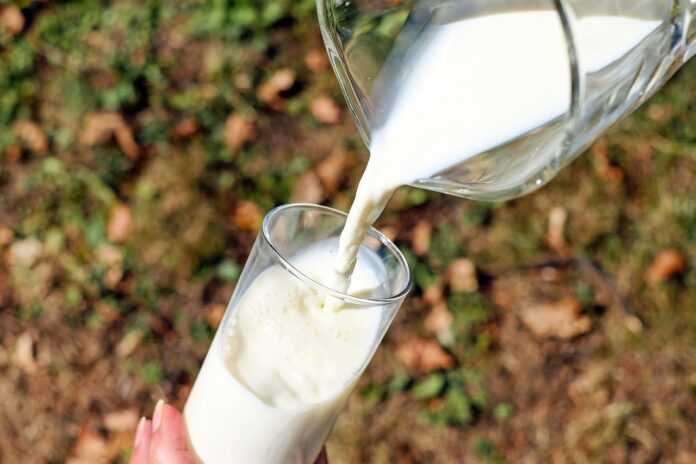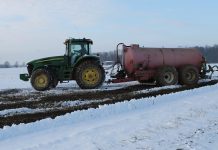Budgeting is an important task every year, although on dairy farms, budgets and projected profit and losses should be updated at least quarterly. This allows you to know how profitable your farm is, so you can make adjustments before you lose money.
Soon, we will know the average all-milk price for 2024, but current projections are for a yearly average price of $22.65. As a recap of 2024, the U.S. all-milk price started the year in January at $20.10/cwt and climbed to $25.50/cwt in September.
During most of 2024, Class IV milk price exceeded Class III price except for in September and October when cheese prices rallied, taking Class III above Class IV for a short time. For seven months of 2024, the Class III and Class IV milk price spread was large enough that Class I milk had a lower value than Class IV.
Market-calculated feed cost declined during 2024 with the Dairy Margin Coverage program only having payouts in the first two months of the year with better milk prices and weaker feed prices leading to better milk margins. On many farms that grow the majority of their feed, these lower feed costs may not have been realized in farm profit as inputs to grow feed did not fall as much as the feed cost.
Current projections are for a similar all-milk price in 2025 only slightly lower than 2024 at $22.55/cwt. We expect to continue to see higher Class IV prices with an average for the year at $20.40/cwt compared to Class III which is projected to average $18.80/cwt.
Current Class III milk futures are above $20/cwt for January and February but decline to less than $19/cwt in November and December. Class IV futures are starting the year close to $21/cwt and staying above $20/cwt for the entire year.
Dairy products are projected to remain competitive on the international market. Strong domestic demand is expected to draw down existing stocks with the slightly lower milk price continuing to increase domestic demand. While the milk cow herd has started to expand, the expansion is expected to be slow, only adding 30,000 cows in 2025.
Beef on dairy crosses are expected to continue to keep the heifer herd small enough to prevent rapid expansion, but culling will continue to be lower, allowing for an expansion of the cow herd by about 30,000 cows.
Milk per cow is projected to increase by 65 pounds per cow over 2024 production to 24,285 pounds per cow, leading to a total production for the year of 228 billion pounds.
The current federal order reform vote could have a small effect on milk prices in the second half of 2025. The greatest impact will come from changes to the Class I milk pricing. The proposed change will return Class I milk price to the higher of Class III or Class IV, which will benefit producers when the class spread is greater than $1.50/cwt, which occurred for about half of 2024.
The full package may provide a short-term boost in milk price, but overall, this change is small, and the six-month delay in raising the skim milk composition factor will keep this change mostly mute.
The current dairy market outlook does not include many upside forces; however, it also contains no indications of deterioration compared to the end of 2024.
Tools
Using risk management tools such as Dairy Revenue Protection and Dairy Margin Coverage can help your operation realize this projected milk price.
When making your 2025 budget, these projections can be used as a foundation for your projected milk price. The first step is to determine the difference between your milk price and the 2024 all-milk price and then use this difference to adjust the 2025 all-milk price projection to your operation.
If you made major changes that affected your milk components in 2024, this needs to be considered also. You can then decide if you want to use the same milk price for all of 2025 or try to adjust it by month.
The biggest reason to adjust your price by month is to match seasonal changes in milk components. If you are adjusting each month based on the milk price projections, then following the changes in futures is your best resource for this variation. The increased cow herd size would indicate a lower milk price in the fourth quarter of the year but mostly stable throughout the year for now.













